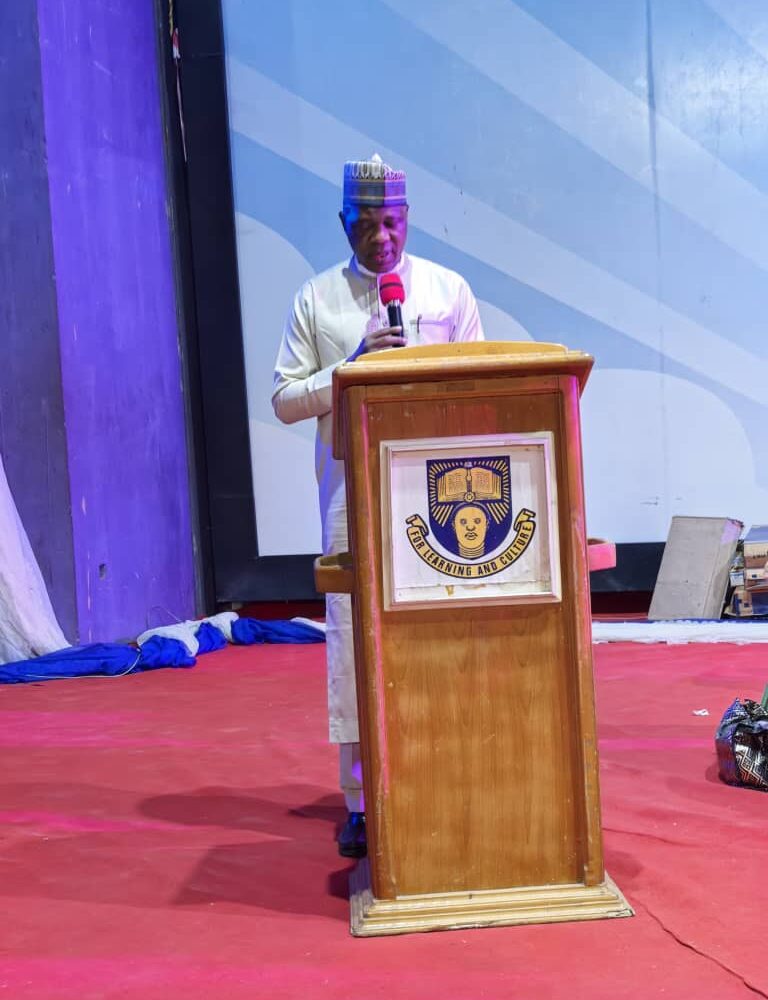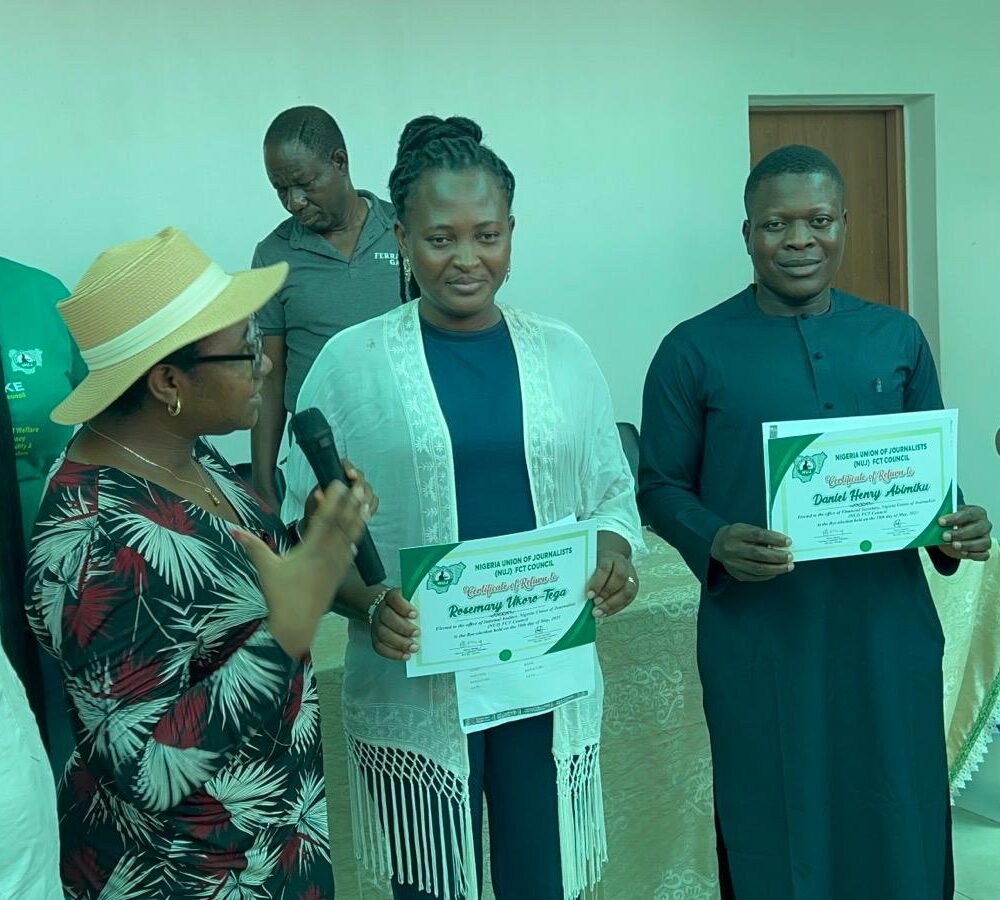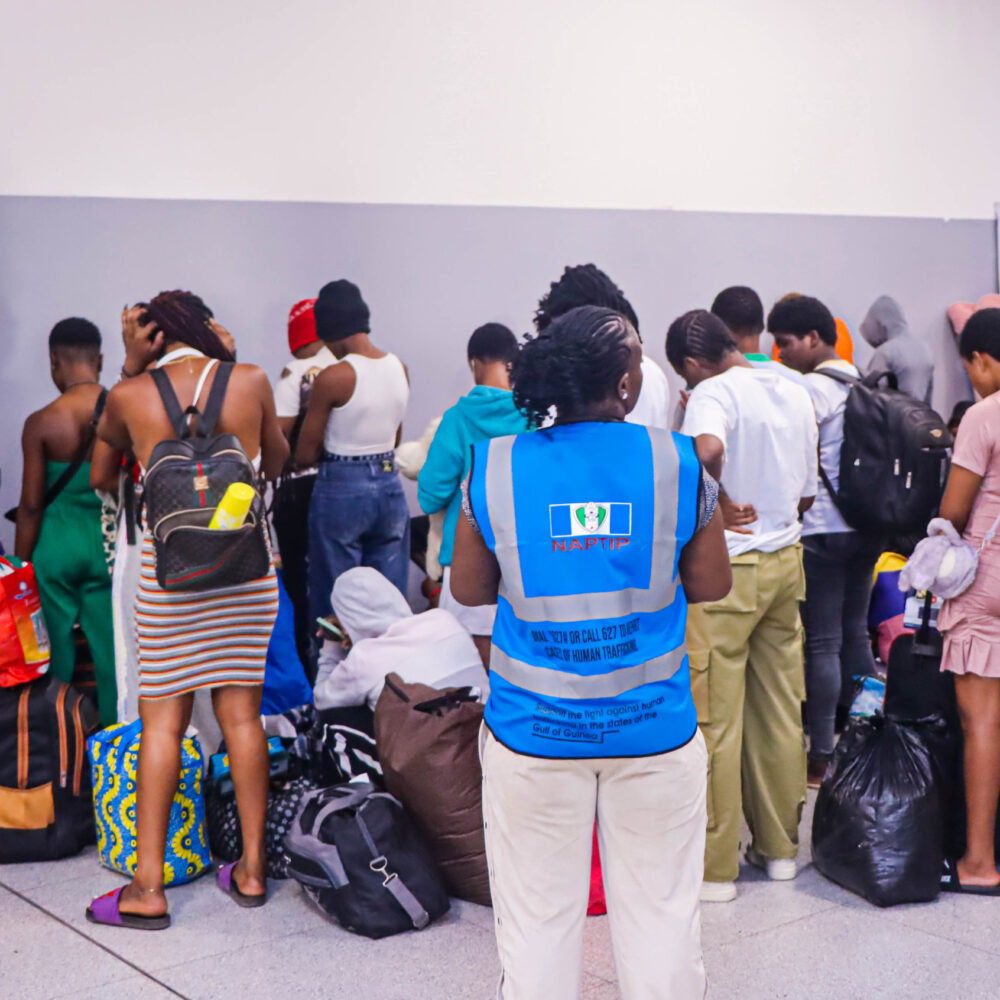At a public lecture organised by Usman Danfodiyo University, Sokoto, as part of its seminar series on banditry, Rufa’I presented a paper, titled “I am a Bandit: A Decade of Research in Zamfara Bandit’s Den”.
According to the lecturer, banditry started in Zamfara started long before the arrival of colonial masters.
He said a traditional ruler in one of the areas had been accused of conniving with bandits and armed robbers.
He said, “The hills of Kwotarkwashi and Chafe for instance, provided shelter to the criminals, from where they organised and executed their unwholesome activities, which often resulted in serious casualties.
“During the colonial period, the region was also confronted with a situation where bandits killed about 210 traders and made away with goods worth £165,000:00. As reported, this onslaught occurred in the Zamfara axis to victims from Kano on their way to the French territory.”
Rufa’i noted that the menace resurfaced in 2011 when the first armed group led by Kundu and the notorious Buharin Daji both of Fulani background emerged.
“They named the group Kungiyar gayu, meaning an association of young guys, even though none of them was a youth. The public referred to them as Kungiyar Barayin Shanu, (cattle rustlers association).
“Their real motive started to manifest itself in 2012 when cases of cattle rustling began in the state. Members of the gang considered it as a cultural association aimed at the liberation of the Fulani from the high-handedness of security agents, traditional rulers and politicians.
“This is not to justify the use of arms by the bandits against the state and innocent citizens but to unveil their deep-rooted grievances. The association was formed at a point when herders in the state were migrating to the neighbouring states, due to large scale encroachment and confiscation of the grazing areas.
“At the onset, membership was restricted to the Fulani, especially during the recruitment exercise, 2011 to 2012. Recruitment was through conscription, use of cash and cows, promise of sex and leisure as well as intimidation of other Fulani people. Since the gang was into cattle rustling, some herders joined so as to circumvent cattle rustling harassment from the members.
“It was alleged that some leading Fulani families in Zamfara, Sokoto and Katsina States made donations of cash and cattle, while some expressed moral support and goodwill to the members to avoid bitter consequences.
“In the beginning gang members were mostly into rustling, robbery and other minor criminalities.
The change in the pattern of operations started with the creation of Yan-Sa-Kai and the intensification of the war against members of the gangs.
“The first incident that triggered a change in the course of the conflict was the brutal killing of Alhaji Isshe, in Chilin, Dan-Sadau Emirate, Maru LGA of Zamfara State.
He was killed by Yan-Sa-Kai on 16th August, 2012 on the accusation of harbouring criminals and supporting rustlers.
“The public murder of Isshe was used as a justification for reprisal and mass killings of innocent people by the gang.
Furthermore, the late Isshe family mobilised fighters and extended invitation to the gang for reprisal attacks a few days later. Members of the gang multiplied in number, strength, power and weapons and even connections in 2013. It also became more heterogeneous and transnational in 2016, constituting members from the Niger Republic, Mali and Chad, mostly Tuaregs with links to Sahelian rebels,” he said.
He noted that the infiltration of these foreign elements transformed the gang in several ways.
“New members were recruited, more weapons were introduced and fighters were trained in modern guerrilla strategies and tactics. Kidnapping and abduction for ransom was adopted as a new strategy in addition to cattle rustling.
“Large numbers of poverty-stricken youth across villages were used as informants supplying intelligence for awesome pecuniary rewards,” he said.
He remarked that banditry reached its climax in 2018 with the assassination of Buharin Daji while new deadly cells surfaced.
“About 30 splinter gangs emerged after the fall of Buharin Daji in the state. Buhari’s son, Aliyu Zakwai became a leader of another wing. Zakwai was not as notorious as his father, but a major force to reckon with in Dansadau.
“After the introduction of amnesty by the incumbent government in Zamfara State in 2019, he accepted the programme and left the woods for a new life in the city,” he said.
Motorcycles donated by politicians used for attacks
The lecturer, however, blamed politicians for the rising profile of armed banditry in the state, saying the first attack in the state was made with motorcycles donated by politicians.
“There is this speculation that says politicians in the state sponsored and armed some youths as political thugs to achieve their ambition in 2011. The youths were abandoned after winning the elections, who then went into drug abuse, cattle stealing, robbery and later transformed into armed gangs attacking villages on motorbikes.
“The first motorbikes used in the attacks were donations from politicians during elections campaign,” he speculated.
Other factors contributing to armed banditry in the state, he said, were alleged extortion, exploitation and deprivation from different agencies.
He also alleged that pastoralists were denied justice mostly in the lower courts.
“When a pastoralist was involved in any squabble with a farmer, the case would usually delay unnecessarily. The accused Fulani, known to have a phobia for courts and their unwarranted justice delay, would be ready to bribe his way out of the court.
“Cases involving the police were the worst according to an informant who said that both the judges and police were ‘birds of the same feathers. The Fulani man according to the narrative had become a source of income for the law enforcement agents.
“Another factor is illicit mining because there was never a time that foreign illicit miners were either abducted or killed, raising the suspension among locals that armed banditry was an international conspiracy to displace and deny them access to their God-given natural resource,” he noted.
How bandits get weapons
Dr. Rufa’i stated that armed groups have over time generated huge capital from many outlets and spent handsomely in arms procurement and intelligent gathering.
“Some members within the groups were notoriously associated with weapon suppliers. Alhaji Altine, Shehu Rekep in Zamfara and Musa Yellow Janbross in Kaduna used their international connections.
Through their contacts across the Sahel, particularly Libya and Mali, they supply arms, which were ferried across the ever-increasing porous borders located in the northwest.
“Besides these notable individuals, there are a couple of middlemen and retailers of arms across different forests in the region. An informant reveals that ‘getting foodstuff in the camp is more difficult than acquiring an AK47’.
“Members could sell or even rent out weapons to someone but could not give him food to eat. Thus, the arms business is an industry of its own in the forests and camps. There are members that do not go out for operation but only remain in the camps to rent out guns and sell ammunition to others.
“Sometimes, this class of arms dealers made more money than the field fighters. Aging and incapacitated gang leaders could retire and become gunrunners or renters. That is enough to sustain them within the camp,” he said





